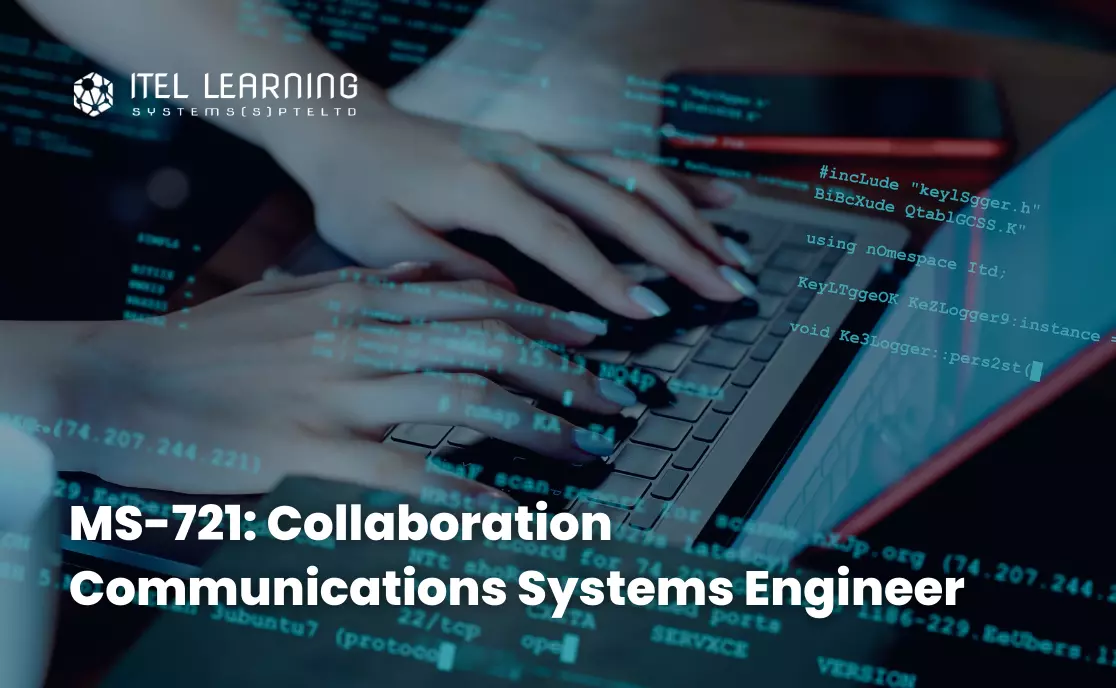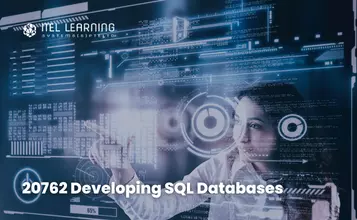Overview
Prerequisites
In addition to their professional experience, participants who attend this course should already have:
- A minimum of two years of experience administering Windows Server 2012 or Windows Server 2008 R2
- A minimum of two years of experience working with AD DS
- A minimum of two years of experience working with name resolution, including Domain Name System (DNS)
- Experience working with certificates, including public key infrastructure (PKI) certificates
- Experience working with the Windows PowerShell command-line interface
- An understanding of data networks and telecommunications standards and components
Who Should Attend?
Course Outline
- Overview of Skype for Business Components and Features
- Introduction to the Skype for Business Administrative Tools
- Server and Service Dependencies
- Planning SIP Domains
- Installing Skype for Business Server
- Integrating Skype for Business Server with Exchange Server and SharePoint Server
Lab: Configuring DNS and Simple URLs for Skype for Business Server
Lab: Deploying Skype for Business Server
- Using Skype for Business Server Control Panel
- Using the Skype for Business Server Management Shell
- Implementing Role-Based Access Control
- Using Test Cmdlets
- Tools for Troubleshooting Skype for Business
Lab: Using the Administrative Tools to Manage Skype for Business Server
Lab: Using the Skype for Business Troubleshooting Tools
- Configuring Users
- Deploying Skype for Business Clients
- Registration, Sign-In, and Authentication
- Configuring Skype for Business Client Policies
- Managing the Skype for Business Address Book
Lab: Configuring User and Clients in Skype for Business 2015
Lab: Configuring Policies and the Address Book in Skype for Business Server
- Introduction to Conferencing in Skype for Business 2015
- Integrating Skype for Business Server and Office Online Server
- Bandwidth Planning
- Configuring Conferencing Settings
Lab: Installing and Configuring Office Online Server
Lab: Configuring Conferencing in Skype for Business Server
- Overview of the Conferencing Lifecycle
- Designing and Configuring Audio/Video and Web Conferencing Policies
- Deploying Dial-In Conferencing
- Configuring an LRS
- Configuring Large Meetings and Skype Meeting Broadcasts
Lab: Implementing and Troubleshooting Conferencing Policy
Lab: Configuring Additional Conferencing Modalities
- Components of the Monitoring Service
- Overview of Archiving
- Designing an Archiving Policy
- Implementing Archiving
Lab: Implementing Monitoring
Lab: Implementing Archiving
- Overview of External Access
- Configuring External Access Policies and Security
- Configuring External Access Network and Certificates
- Configuring Reverse Proxy
- Designing Mobility in Skype for Business Server
- Designing Federation in Skype for Business Server
Lab: Designing and Implementing External User Access
Lab: Installing the Components for External Users
- Designing Persistent Chat Topology
- Deploying Persistent Chat Server
- Configuring and Managing Persistent Chat
Lab: Designing and Deploying Persistent Chat Server
Lab: Configuring and Using Persistent Chat
- Planning for Front End Pool High Availability
- Planning for Back End Server High Availability
- High Availability for Other Component Servers
Lab: Pre-Lab Configuration
Lab: Implementing High Availability
- Disaster Recovery Options in Skype for Business Server
- Implementing Disaster Recovery in Skype for Business Server
- Additional Disaster Recovery Options in Skype for Business Server
- Overview of Skype for Business Online
- Preparing for a Hybrid Skype for Business Development
- Configuring a Hybrid Skype for Business Environment
- Overview of Upgrade and Migration Paths
- Migrating to Skype for Business 2015
- In-Place Upgrade to Skype for Business Server 2015








